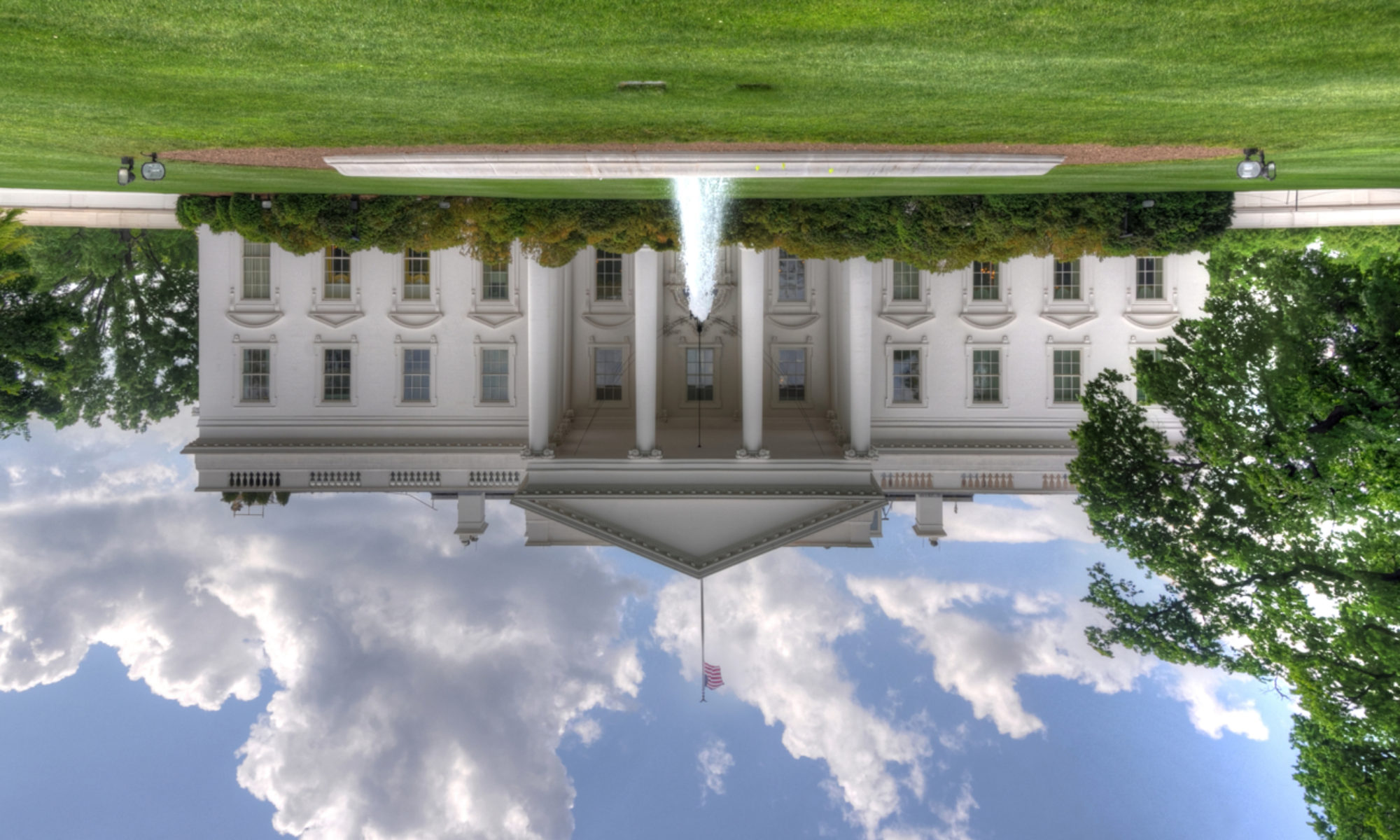What Will The Next Batch Of Robert Mueller Documents Mean For Donald Trump? | The 11th Hour | MSNBC [2018-12-06]
White House reacts to Mueller’s Manafort, Cohen memos | Fox News [2018-12-07]
Robert Mueller’s investigation into Russian interference in the 2016 presidential election has yielded criminal charges against more than 30 people so far. Donald Trump, however, continues to tweet that Robert Mueller’s investigation is a “witch hunt.”
Here are just a few of those with criminal counts against them in Mueller’s investigation.
Michael Cohen, Donald Trump’s former attorney, pleaded guilty to lying to Congress. Among other things, Cohen admitted to lying when he claimed that discussions with Russian officials regarding a possible Trump Tower in Moscow ended before the 2016 election. In his admission, he said that those talks actually continued through June 2016 – after candidate Donald Trump was on the campaign trail. This raises more speculation about the Trump Organization’s business interests with Russia while Trump was campaigning.
Paul Manafort, Trump’s former campaign chairman, was found guilty of eight out of 18 counts related to tax and bank fraud. In September 2018, Manafort pleaded guilty to conspiracy against the United States and conspiracy to obstruct justice for crimes he committed over a span of time when he was a lobbyist, and later, when he worked for the Trump campaign.
As part of his plea deal, Paul Manafort agreed to cooperate with Robert Mueller’s investigation. Later, however, he was found to have breached the agreement by lying to the FBI, as well as to the Special Counsel’s office.
Alex van der Zwann, who happens to be the son-in-law of a Russian billionaire, was the first person in Robert Mueller’s investigation to be sentenced. Van der Zwann pleaded guilty to lying to investigators about a conversation he had with former Trump campaign aide Rick Gates. The conversation was regarding a report Van der Zwann’s law firm had created about the prosecution of a Ukraining politician.
Michael Flynn, Donald Trump’s first national security advisor, pleaded guilty in December 2017 to lying to the FBI regarding contact with the Russian ambassador during the transition. Flynn had allegedly asked the Russian ambassador to “either defeat or delay” the U.N. vote on condemning Israeli settlements. He had also asked the Russians not to retaliate against Obama-era sanctions on Russia.
Flynn, too, had a plea deal in which he agreed to cooperate with Robert Mueller’s investigation. Due to Flynn’s cooperation, prosecutors have recommended leniency in sentencing him.
Robert Mueller’s investigation has unearthed numerous bad actors associated in some way with Russian interference in the 2016 presidential election. The claims that it’s all a witch hunt continue, but clearly, they have not weakened the resolve of the Justice Department. Robert Mueller’s investigation may be nearing an end – or it may just be warming up.

